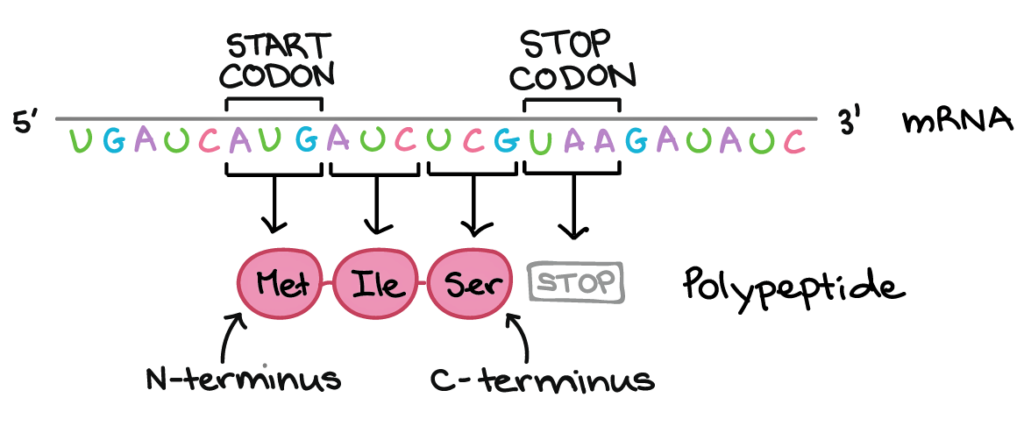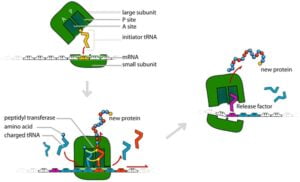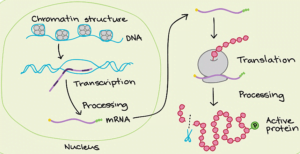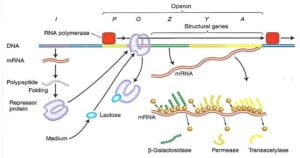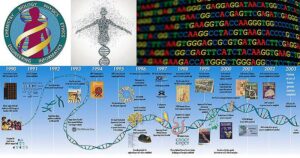Genetic Code :-
The genetic code was accomplished by the American biochemists – M. W. Nirenberg, R. W. Holley and Hargobind khorana in the early 1960.
- The genetic code – Nucleotide triplets (codons) specifying different amino acids in protein chains.
- RNA is composed of four nucleotides – adenine(A), guanine(G), cytosine(C) and uracil(U) . Three adjacent nucleotides constitute a unit known as the codon ,which codes for an amino acid.
For example-the sequence of AUG is codon that specified the amino acid methionine.
- There are 64 possible codons, three of which do not code for amino acid but indicate the end of protein. The remai ning 61 codons specify the 20 amino acids that make up protein.
Table:- the codons for the various amino acids.
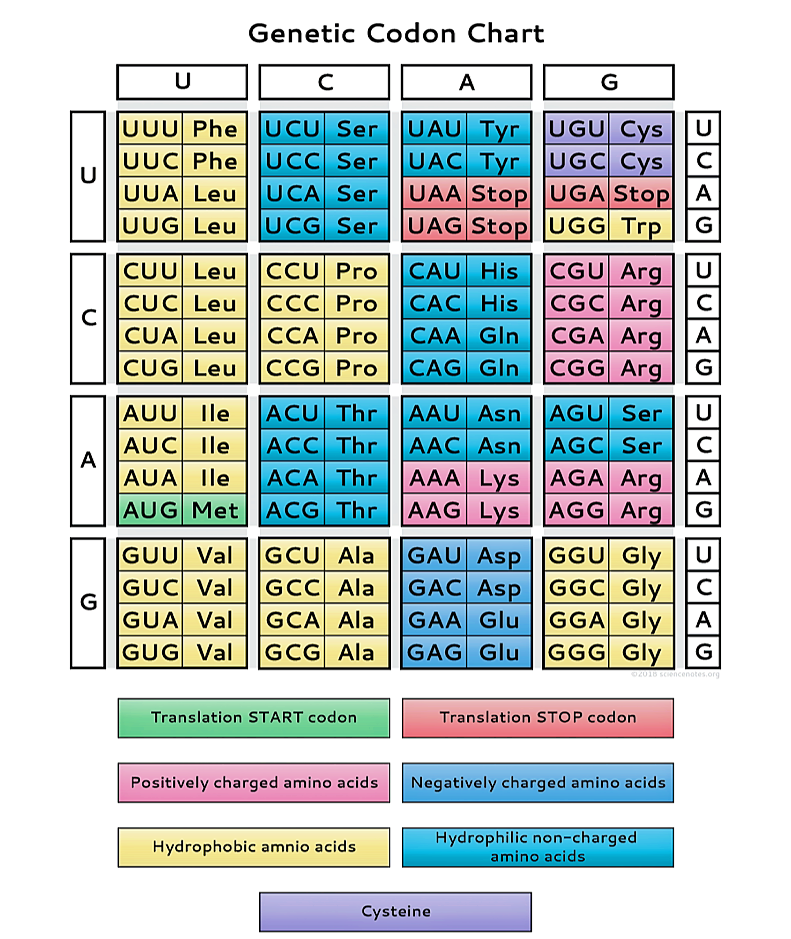
Abbreviations used for the amino acids:-
Ala- Alanine
Arg- Arginine
Asn- Asparagine
Asp- Aspartic acid
Cys- Cysteine
Glu- Glutamine
Gly- Glycine
His- Histidine
Ile- Isoleucine
Leu- Leucine
Lys- Lysine
Met- Methionine
Phe- Phenylalanine
Pro- Proline
Ser- Serine
Thr- Threonine
Trp- Tryptophan
Tyr- Tyrosine
Val- Valine
Features of Genetic code:-
- One codon codes for only one amino acid. Hence, It is unambiguous and specific.
2. The codon is triplet. 61 codons code for amino acid.
3. Some amino acids are coded by more than one codon. Hence, the code is degenerate.
4. The codon is read in mRNA in a contagious fashion.
5. The code is nearly universal. For e.g. From bacteria to human, UUU would code for Phenylalanine. Some exceptions are present in Mitochondria and some protozoa.
6. AUG has dual functions. It codes for ‘met’ and it also act as initiator codon.

